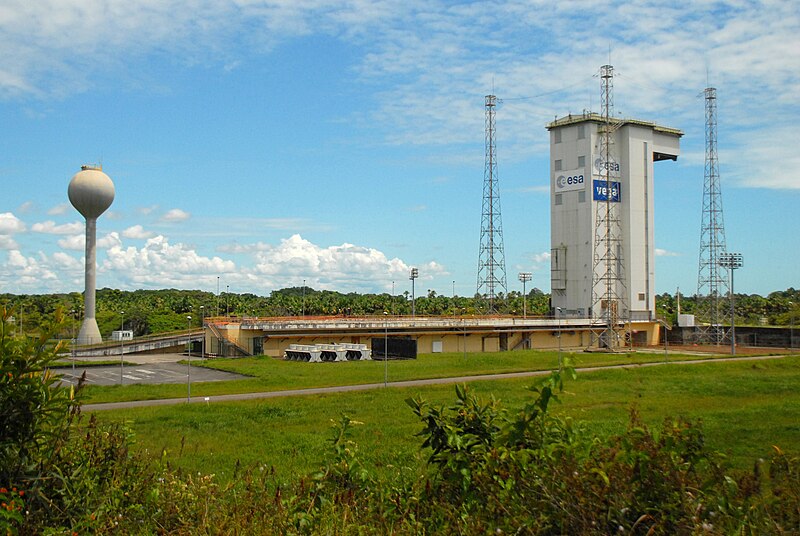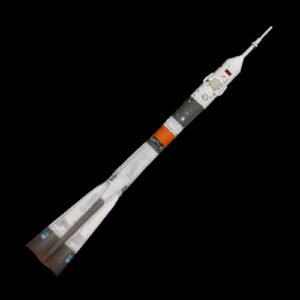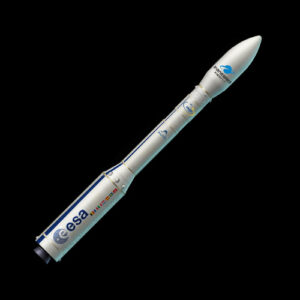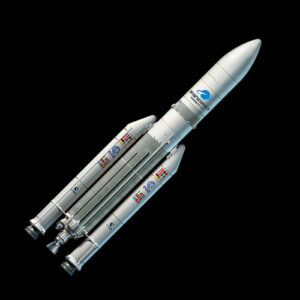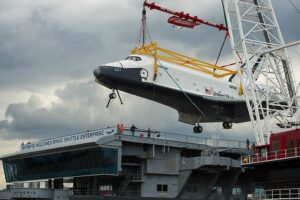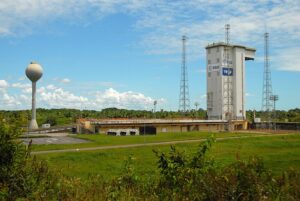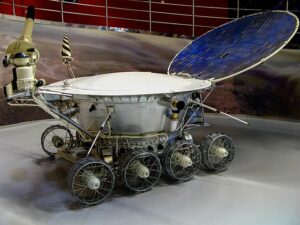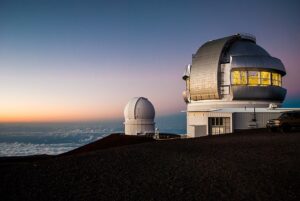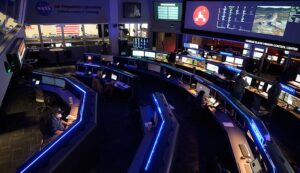The Guiana Space Centre (Centre Spatial Guyanais, CSG), located near Kourou in French Guiana, is a premier spaceport operated by the French space agency CNES (Centre National d’Études Spatiales) and the European Space Agency (ESA).
Established in the 1960s, CSG’s strategic equatorial location offers significant advantages for launching spacecraft, providing additional velocity and fuel efficiency for missions. The spaceport has been instrumental in Europe’s space endeavors, supporting a range of missions from scientific exploration to commercial satellite launches.
Notable achievements include the successful launches of the Ariane rocket series, which has become synonymous with reliable and cost-effective access to space, and the deployment of critical satellites that enhance global communication, navigation, and earth observation.
History and Evolution
The Guiana Space Centre was established in 1964, chosen for its proximity to the equator, which provides a significant performance boost for rockets due to the Earth’s rotational speed. The spaceport officially began operations in 1968, marking the start of Europe’s independent access to space. Initially, the focus was on developing the Europa rocket program, but after its discontinuation, efforts shifted to the Ariane series.
The first Ariane 1 rocket was successfully launched in 1979, paving the way for subsequent versions—Ariane 2, 3, 4, and the highly successful Ariane 5. Each iteration brought advancements in payload capacity, reliability, and cost efficiency. The Ariane 5, introduced in 1996, has been a workhorse for ESA and commercial customers, deploying numerous satellites into geostationary transfer orbits and supporting interplanetary missions.
Over the years, CSG has expanded its capabilities through international collaborations. The introduction of the Vega and Soyuz launch systems in the 2000s diversified the spaceport’s offerings, allowing it to cater to a broader range of missions. The Vega rocket, designed for smaller payloads, and the Russian Soyuz launcher, adapted for medium-sized missions, have complemented the heavy-lift Ariane 5, making CSG one of the most versatile and capable launch sites in the world.
Technological innovations at CSG include advancements in launch vehicle design, satellite deployment techniques, and ground support infrastructure. The spaceport’s evolution reflects its adaptability and commitment to maintaining Europe’s competitive edge in the global space industry.
Related Spacecraft
Here are some of the remarkable vehicles launched from this location:
Infrastructure and Facilities
The Guiana Space Centre boasts a range of advanced facilities that support its diverse launch capabilities:
- Ariane Launch Complexes: Dedicated pads for the Ariane 5 rocket, capable of launching heavy payloads to various orbits.
- Soyuz Launch Complex: A pad adapted for the Russian Soyuz rocket, supporting medium-lift missions.
- Vega Launch Complex: Facilities designed for the Vega rocket, catering to small to medium payloads.
- Final Assembly Building: Where rockets are assembled, integrated with payloads, and undergo final checks.
- Launch Control Center: The operational hub for mission management, coordinating all aspects of the launch process.
- Satellite Preparation Facilities: Specialized areas for the preparation, fueling, and testing of satellites before launch.
- Tracking and Telemetry Stations: Ground stations that monitor and communicate with rockets during flight.
